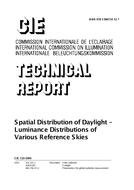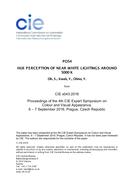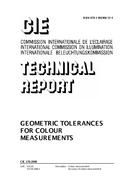Click here to purchase
“A fundamental question for road lighting is whether changes in ambient light affect road users. This article concerns pedestrians, and uses the daylight savings time (DST) clock change to determine whether ambient light influence travel choice (i.e. whether to walk or not) and the risk of pedestrian involvement in a traffic collision whilst using a pedestrian crossing. Analysis of automated counters installed in a US city suggests that there is a significant increase in walking in daylight conditions relative to dark. Analysis o f accidents at apedestrian crossing using the UK STATS19 accident record suggests a significant increase in pedestrian accidents in dark relative to daylight. Using the DST transition means that these changes can be more confidently associated with changes in light than with changes in pedestrian or driver demographics or other variables.”
Product Details
- Published:
- 10/23/2017
- Number of Pages:
- 7
- File Size:
- 1 file , 980 KB


